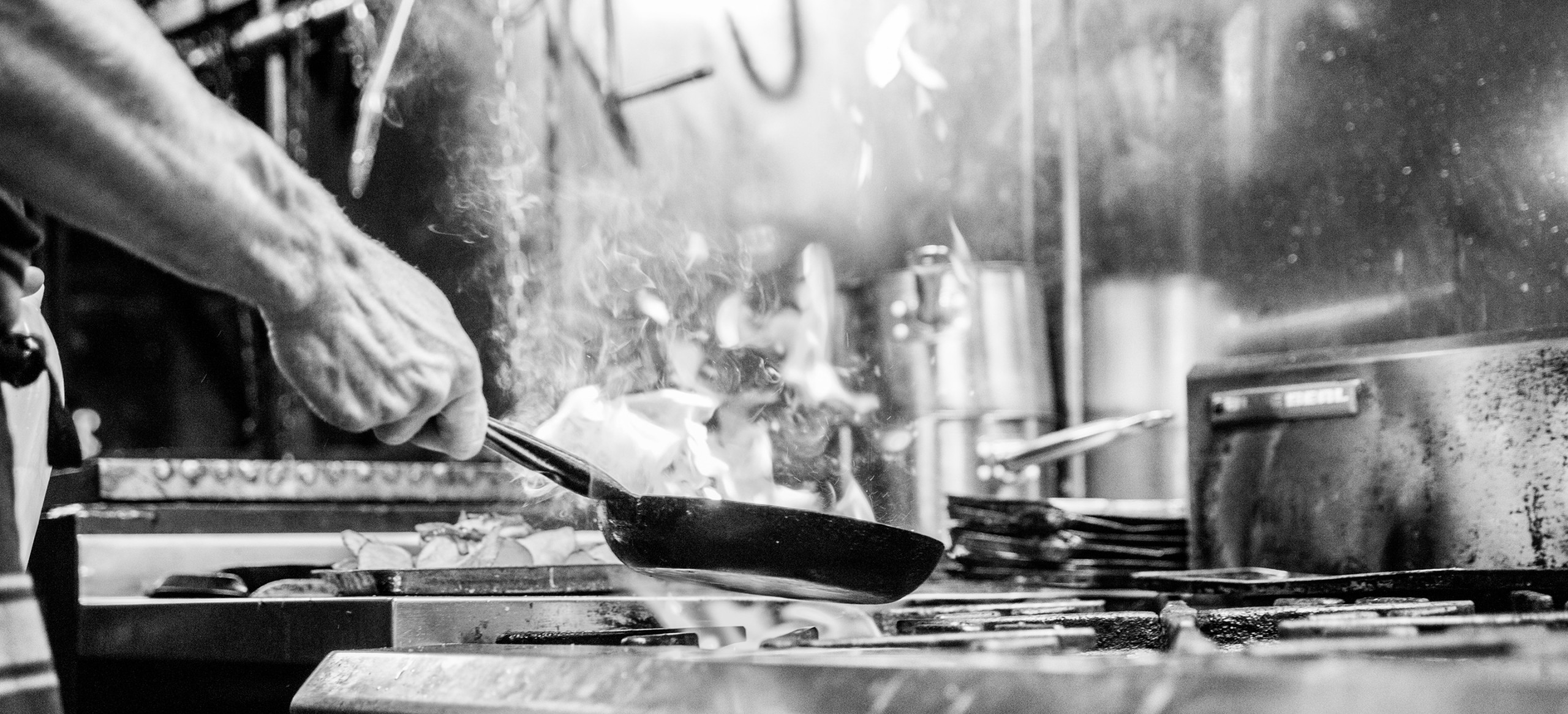New Zealand farm-raised venison is easy to cook. Specially reared and selected to produce tender, succulent meat, farm-raised venison can be used to quickly and easily prepare stunning meals that all the family can enjoy if a few simple tips are followed.
Guide to cooking farm-raised venison
| Venison cut | Suggested method | Approximate cooking time (for rare) |
| Steaks and medallions | Pan -fry, barbecue | 1 minute each side per cm thickness at high heat |
| Stir-fry | Fry in a hot pan or wok | 1 or 2 minutes over high heat |
| Roasts | Sear, then oven roast | 15 minutes per 500g @ 180 °C |
| Diced venison | Sear, then gently casserole | 1 hour @ 100°C |
| Mince | As you would lean beef mince | As you would any lean beef |
| Frenched racks | Sear, then finish in a 180°C oven | 10 minutes per 500g @ 180°C |
| Osso buco | Sear, then slow moist cook | 1 hour + @ 100°C |
Note: These cooking times are for high-quality NZ farm-raised venison (and should not be used for wild shot venison or home killed venison). Deer Industry New Zealand cannot provide advice on cooking venison which has not been produced in licensed abattoirs under veterinary supervision.
Avoid over-cooking venison
It is important to cook venison to the correct degree of ‘doneness’. Because venison is so high in iron and so low in fat, it doesn’t have the same resistance to overcooking that fattier meats, such as marbled beef, do. Over-cooking venison will result in drying out the meat and developing some metallic flavours that some might not like.
Resist cooking venison past medium if using a dry cooking style, such as pan frying or barbecuing. If using moist cooking methods, such as pot-roasting or casseroling, then venison should be slow-cooked at low temperatures to avoid drying the meat out. As meat heats up, the muscle fibres contract, squeezing out the moisture. Because venison has so little fat, if it is cooked at a high heat for too long, it will become dry.
How do I know it’s done?
If you don’t have one already, consider buying a meat thermometer. They're not expensive, and all the chefs use them!
Venison can be cooked to 57°C internal temperature and then rested. This guarantees perfectly cooked medium-rare venison.
If you don’t have a meat thermometer, then press the meat to assess its degree of ‘doneness’. If it feels soft, it will be rare. If it feels firm, it will be well-done.
Let it rest!
Meat carries on cooking for some time after it is taken from the heat source and needs time to relax again after being subjected to heat. Resting the meat allows the muscle fibres to relax so that when the meat is carved, the juices will remain in the meat and not be squeezed out. This means the venison will be more tender and juicier to eat.
Cover with a clean dry cloth, put in a warm place, and rest the meat for about ½ the time you cooked it for.
For serving, place the meat back into the heat source for a few minutes to bring up to temperature.

